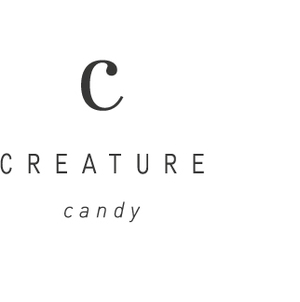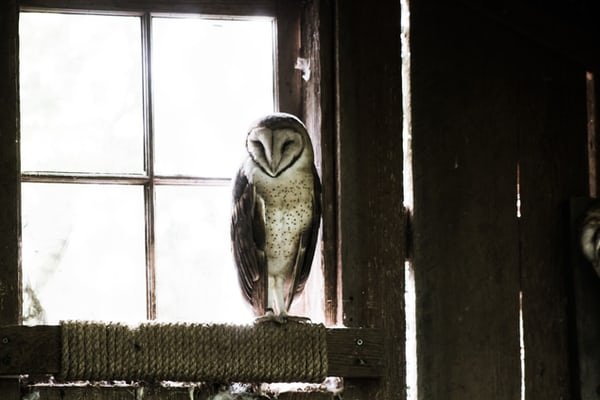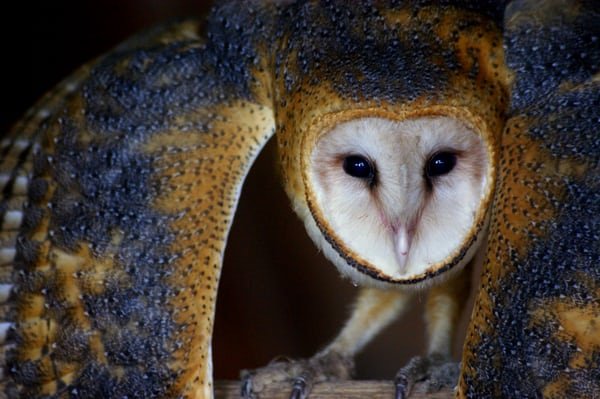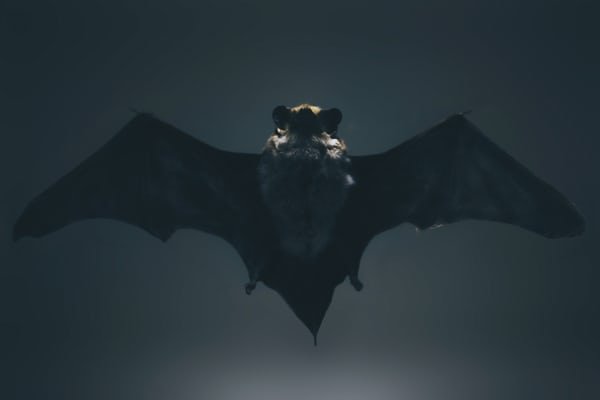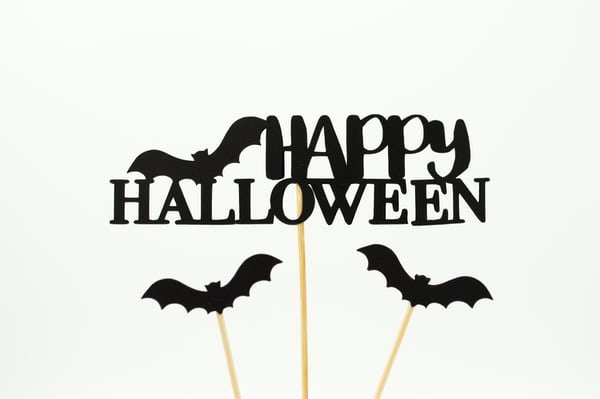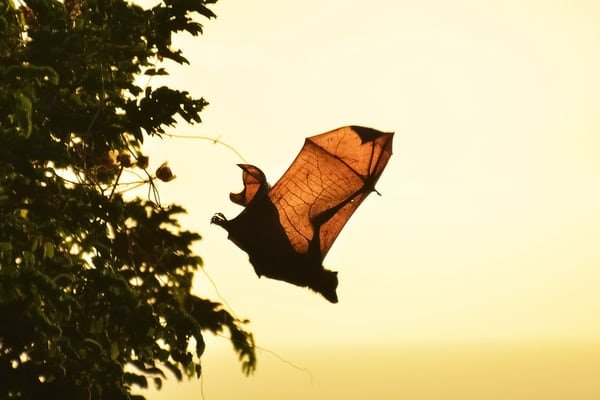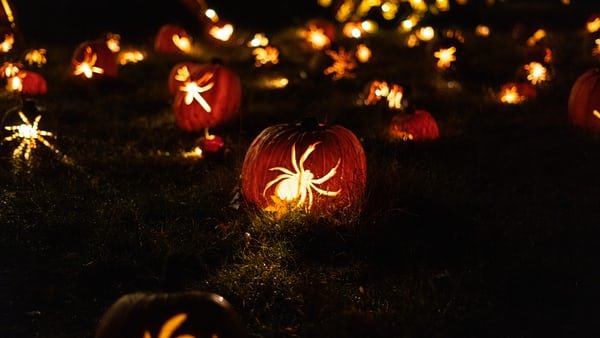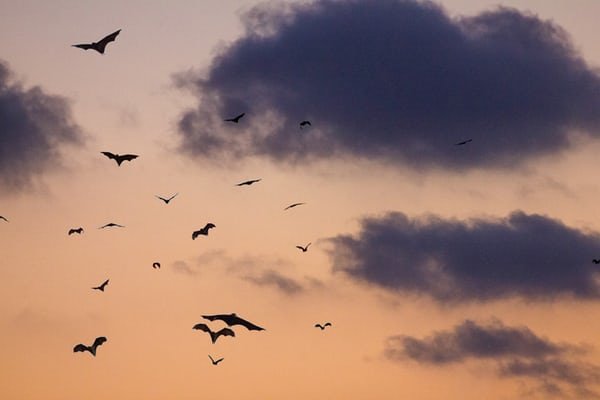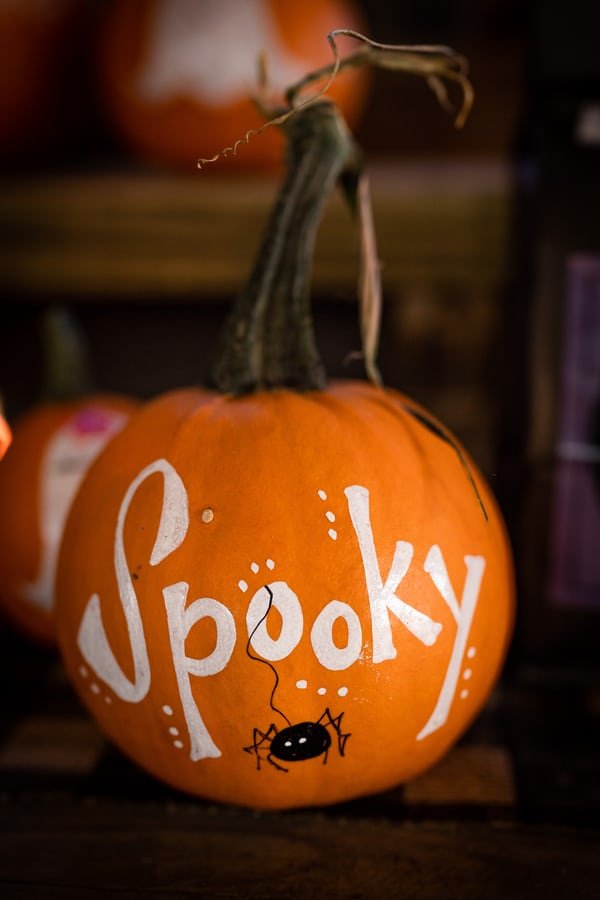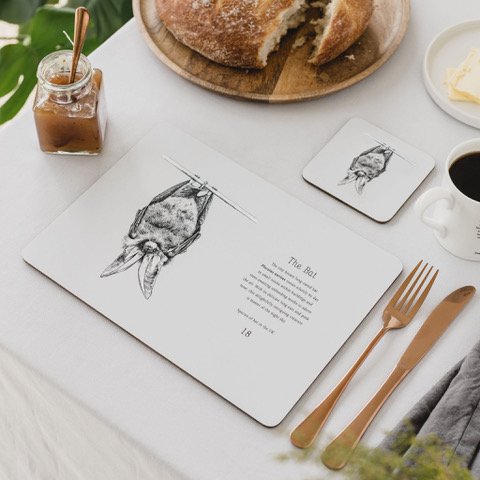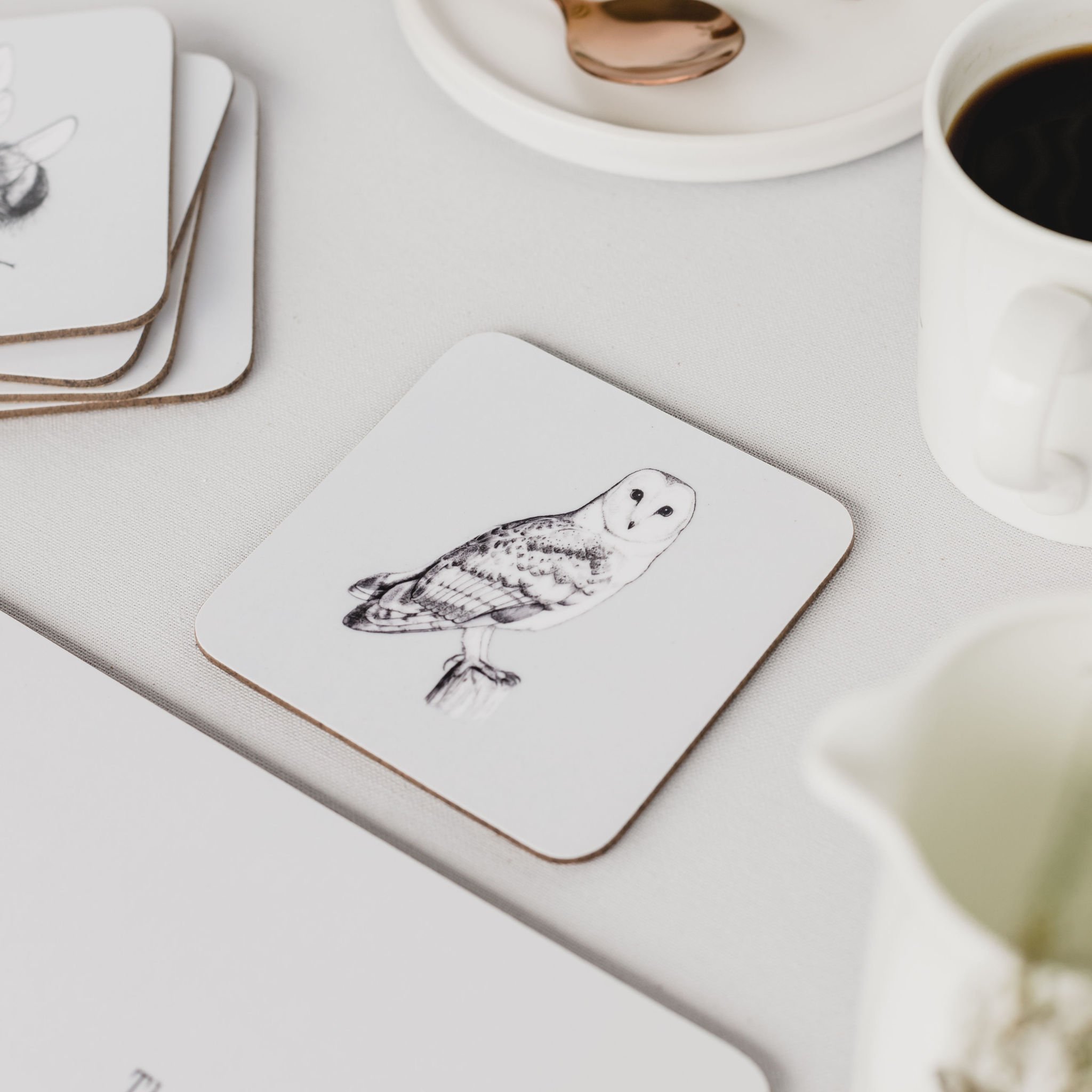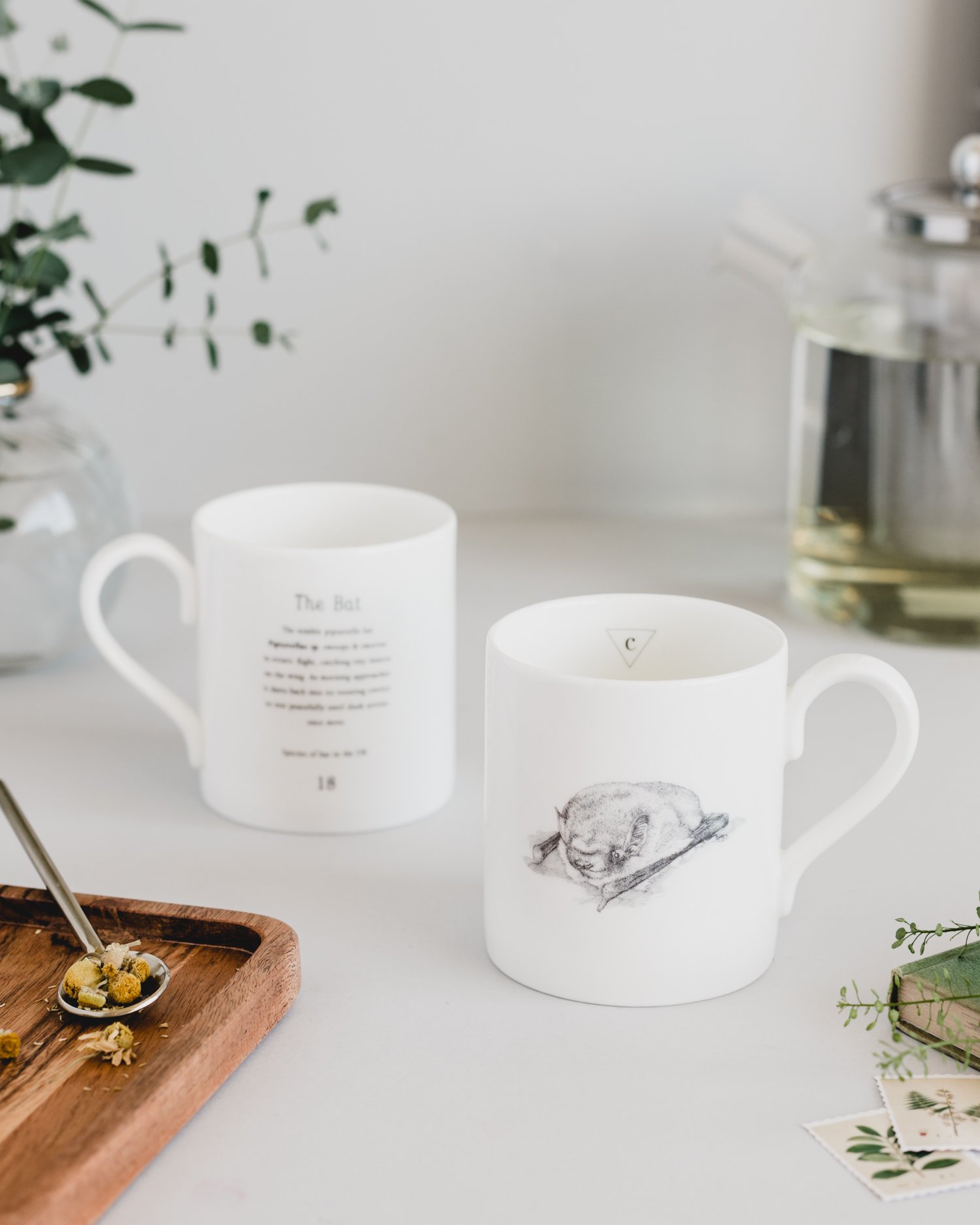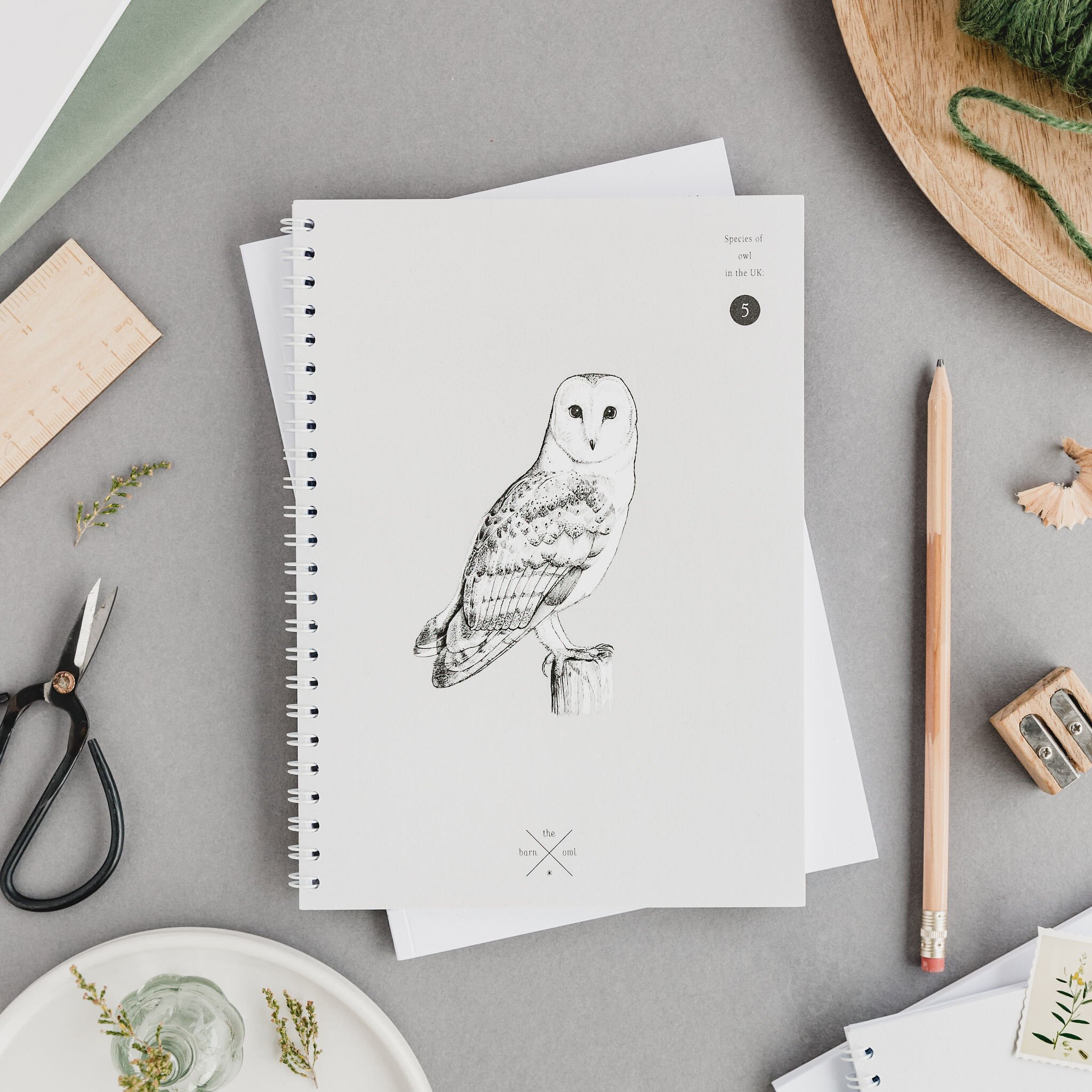By Luke Phillips.
Halloween is upon us, and the annual fright fest wouldn’t be complete without its monsters, phantoms, and creeps. The ancient festival of Samhain (pronounced sow-en/sau-ain), not only marked the end of the Gaelic harvest, but also the eve when the entrances to burial mounds were opened as portals to the otherworld. Since at least the 9th century (and probably long before), it has been associated with the arrival of darkness and all things spooky.
For instance, what would Halloween be without its ghosts? Certainly, a little less haunting perhaps. For many, nothing can be more chilling than walking through a deserted graveyard at night, only to hear the eeriest of screams coming from the direction of a gothic church tower. Then slowly and silently, something faint and pale drifts over the tombstones towards you, with two large, piercing black eyes. It’s the stuff of nightmares, not to mention many a horror movie. But perhaps not all is as it seems. In fact, if you haven’t run for your life, a look back might give you a glimpse of one of our best loved birds. The barn owl is often thought to be the reality behind many a ghost story. Flying silently, with feathers that reflect moonlight, and the unearthly shrieks and hisses they utter (instead of a typical hoot), make them a great candidate. Add in the fact they love nothing more than setting up home in open and abandoned buildings (hence their name), and you have all the key ingredients for a spooky and unexpected encounter. Luckily though, there’s nothing to fear – unless you’re a small rodent!
Then there are other animals that have been given monstrous monikers. Take the “Dracula” parrot, more officially known as Pesquet’s parrot. A native of New Guinea, this parrot has an especially hooked beak and black, greyish, scale-like plumage with crimson red breast feathers. Its bare, black facial skin gives it another nickname – the vulturine parrot. But despite its fearsome appearance, it drinks nectar, not blood, and feeds on sticky fruits – which is why it benefits from a featherless face.
Or maybe consider the goblin shark. This is one of the oldest and most rarely seen species of deep-sea shark that we know of. The belong to a family that dates back 125 million years. With a flat, elongated, oversized snout that shadows a highly extendable jaw filled with nail-like teeth, it’s not hard to see how it got its name.
When it comes to Halloween decorations, they wouldn’t be complete without a shadowy bat silhouette or a sticky spiders web. There are over 1,400 species of bats in the world, only a mere 18 of which can be found in the UK. We’re probably all familiar with the infamous vampire bat, but these almost never bite people – even when encouraged to in laboratory tests. The biggest threat bats pose to humans is through bacteria and viruses they may pass on, which is still limited and rare. A similar case could be made for spiders, rats, and numerous other species we find spooky. So, why do we potentially find them scary?
In many cases, these species are nocturnal. Many are dark coloured – black or brown for instance. They scurry and scuttle, or lope away from the warming light of the campfire. This makes them mysterious, alluring, but also seeped in superstition. Since ancient times, we have associated these species with darkness and even death. Whereas many are simply fulfilling their biological niche as scavengers or opportunists, we might find their habits and dwelling places a little unsavoury, even unnatural. After all, back in the time of candlelight and oil lamps, something had to feed on the dead, or live among our squalor.
Also, when it comes to superstition, there is the aspect of “in-betweenness”. As mentioned, celebrating Samhain included practices of opening burial mounds to act as the bridge in between our realm and the otherworld. Bats are the only flying mammal – and some cultures consider them to be a liminal animal – not quite bird, not quite mammal. This fits perfectly with the superstitions surrounding Samhain – the in between of Autumn and Winter, and between growth (harvest) and death. So perhaps it’s no wonder this animal has become so closely associated with Halloween, although as with the others, it’s a little unfair to fear them! Another, perhaps more practical theory, is that Samhain often involved the lighting of huge bonfires...which attracted the bugs...which attracted the bats!
Of course, culture plays its part too. Vampires started turning into bats in early 18th century fiction, and most prominently in Bram Stoker’s “Dracula”. Or, speaking of transformations, the epitome of the beast within – when we truly turn to our bestial natures, in the form of the werewolf. As a result, these creatures (or the real ones they’re based on), enter our psyches via the pages of horror novels, films, and more. Which can’t do them any favours in terms of the reception they get.
So, let’s look at the good they do instead. Bats are brilliant bug eaters. In the U.S, it is estimated they save authorities anything between $3.7 and 5.4 billion in pest control services. Certain bat species also play pivotal roles in pollinating exotic fruits such as avocadoes, bananas, and mangoes.
Rats on the other hand, often hoard seeds, a lot of which end up sprouting when not consumed, resulting in vegetation and tree growth. And as well as improving the ecosystem, they’re a vital part of it – feeding our raptors, foxes, wildcats and much more. In fact, had we not so drastically reduced our predator populations, many of our self-induced rodent problems would be under control. Spiders too, would love nothing more than to help clean your house of unwanted flies, earwigs, beetles, and bugs.
As it often comes down to, the only thing to really fear is fear itself, and it is usually the unknown that scares us the most. So, hopefully, the little bit of knowledge we’ve shared in this blog will go a long way to helping you feel more at home with some of these not-so-spooky species.
Happy Halloween!
Our Barn Owl & Bat Products…
10% of every purchase from our barn owl and bat ranges is donated to the Hawk and Owl Trust and the Bat Conservation Trust.
